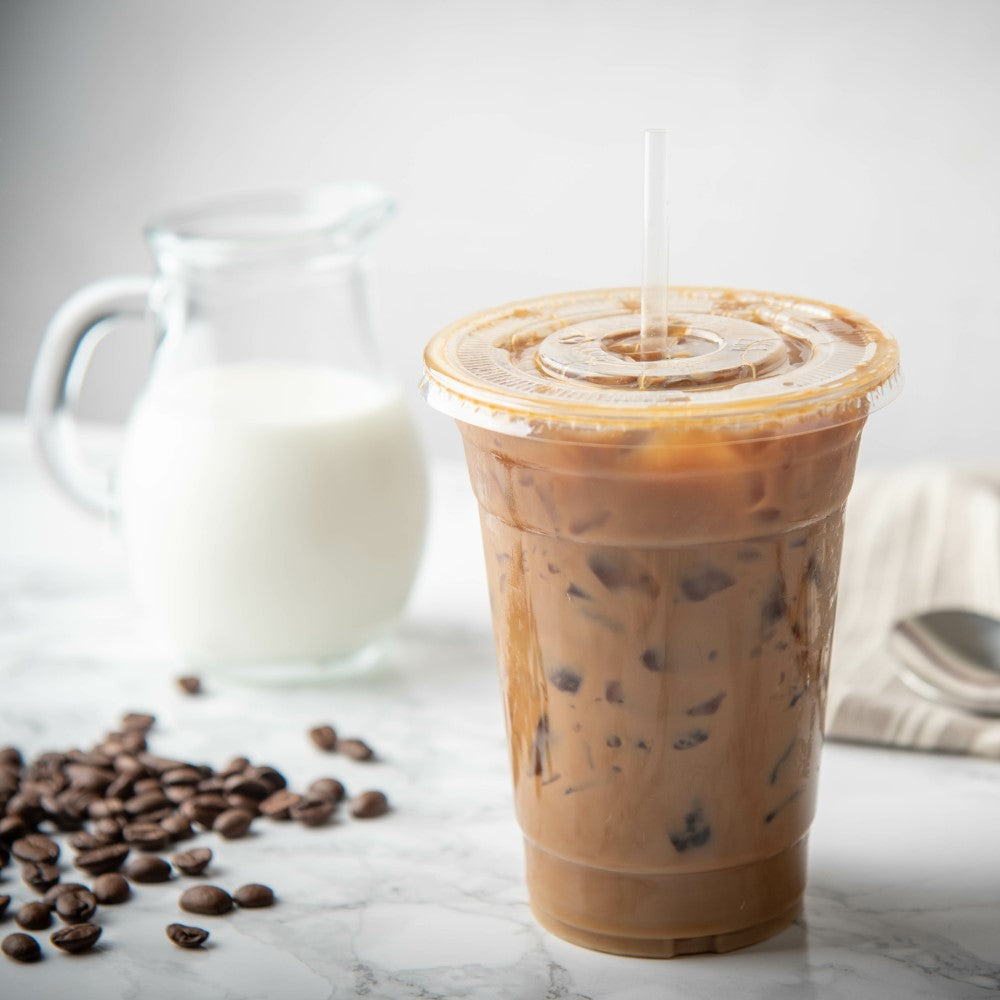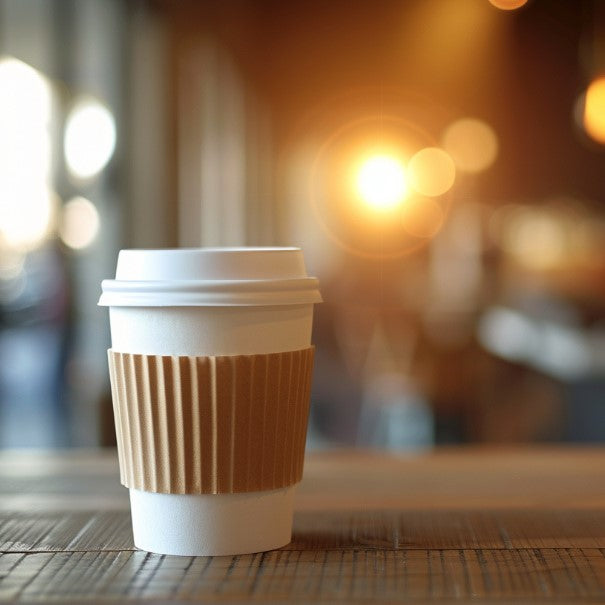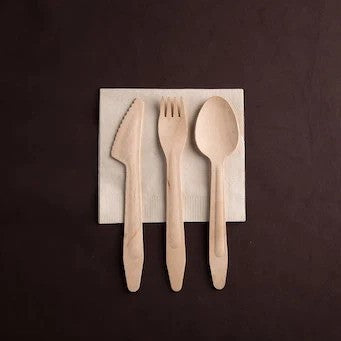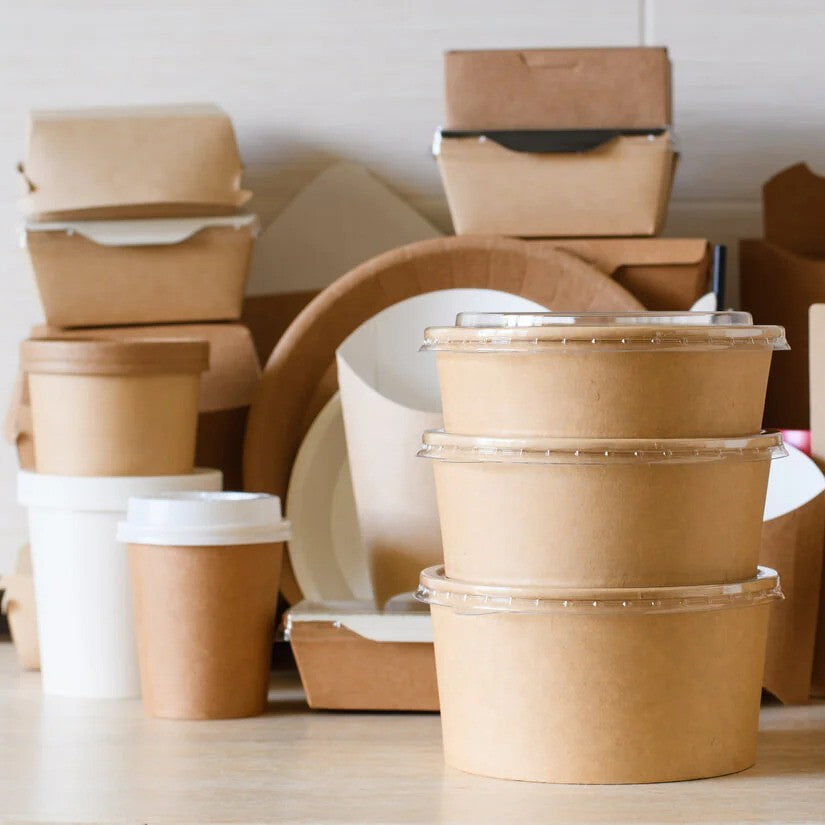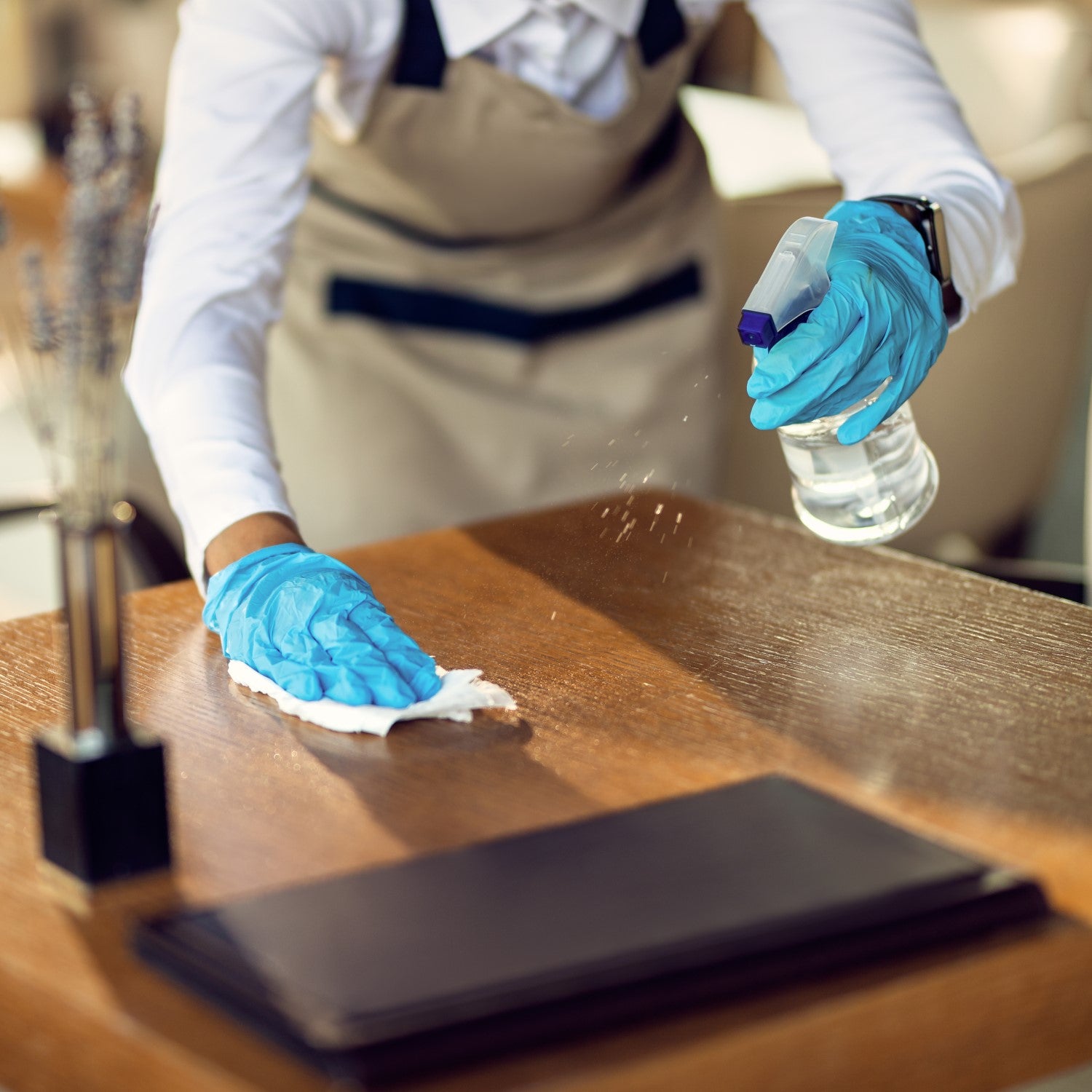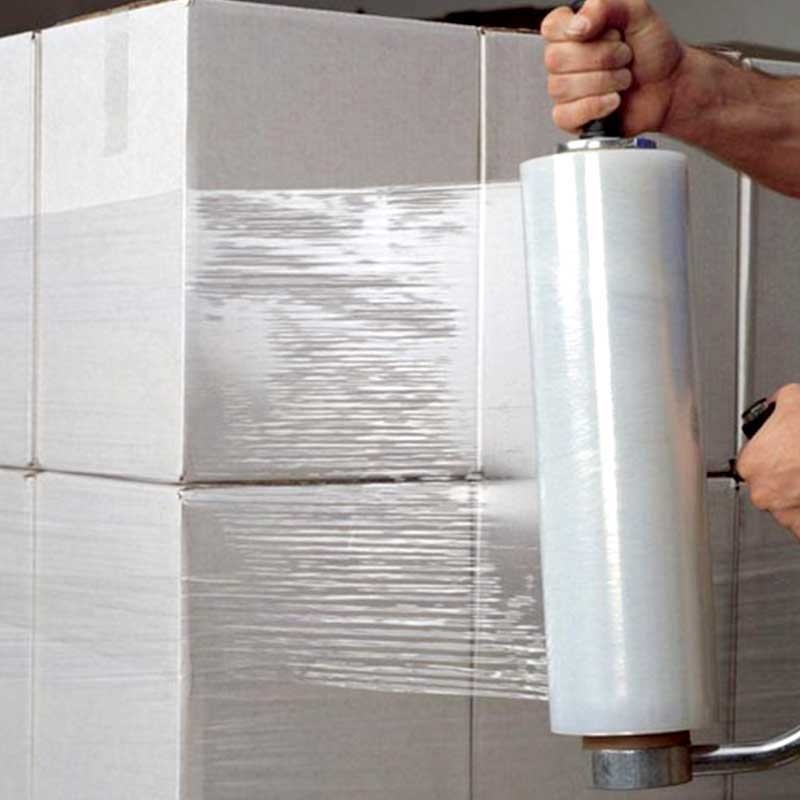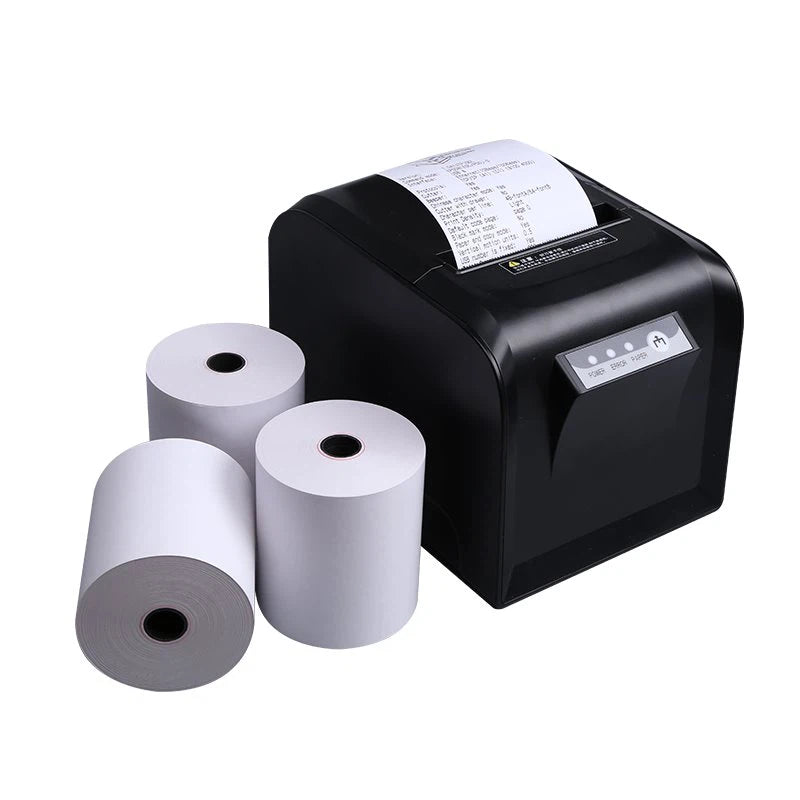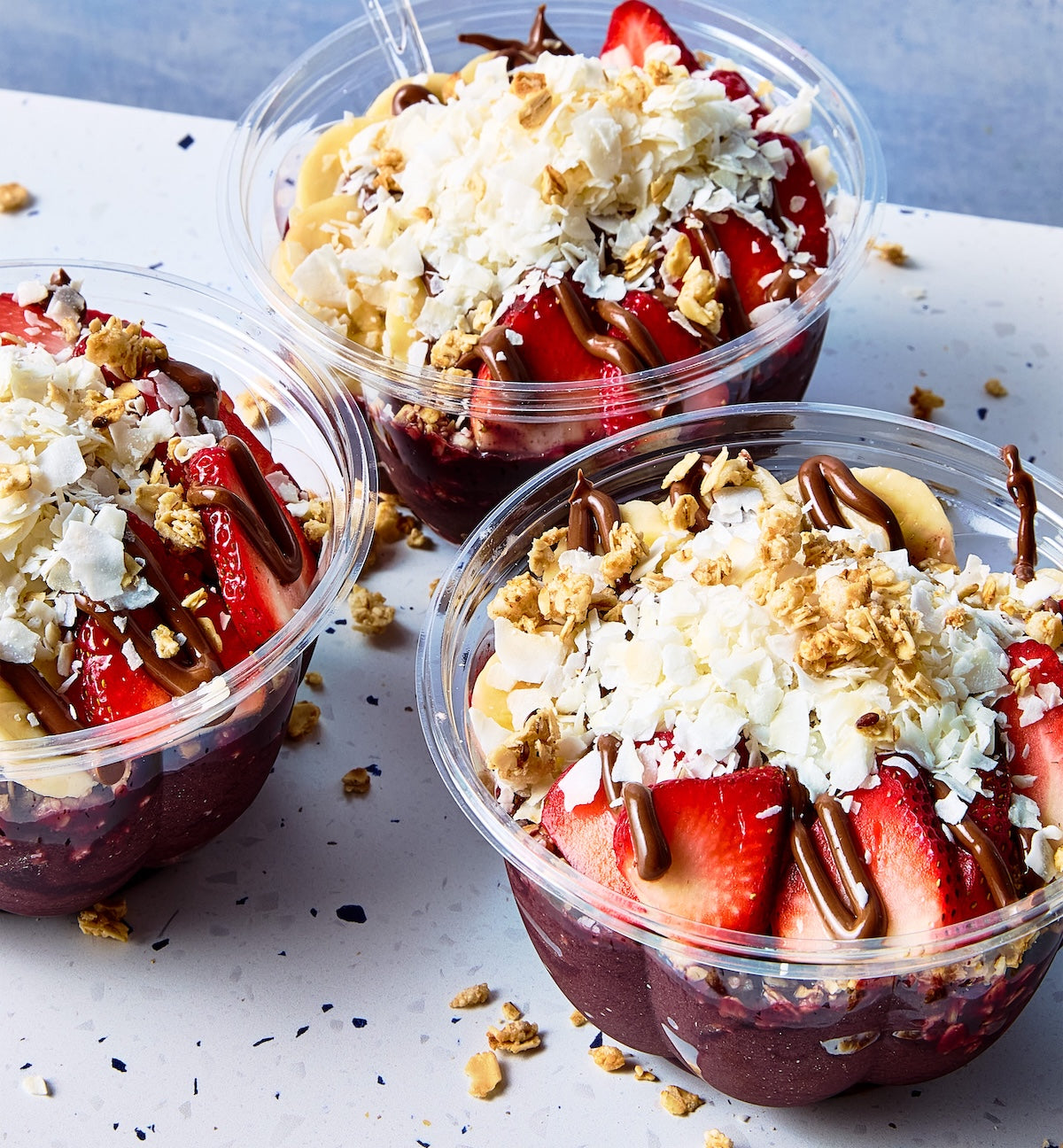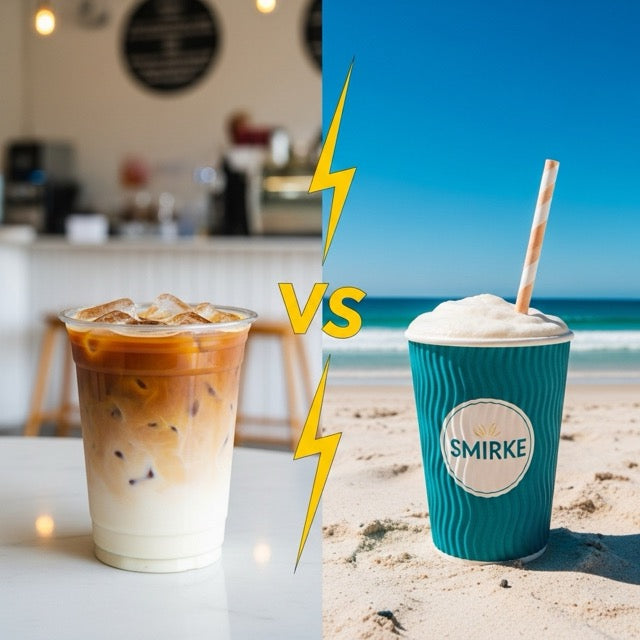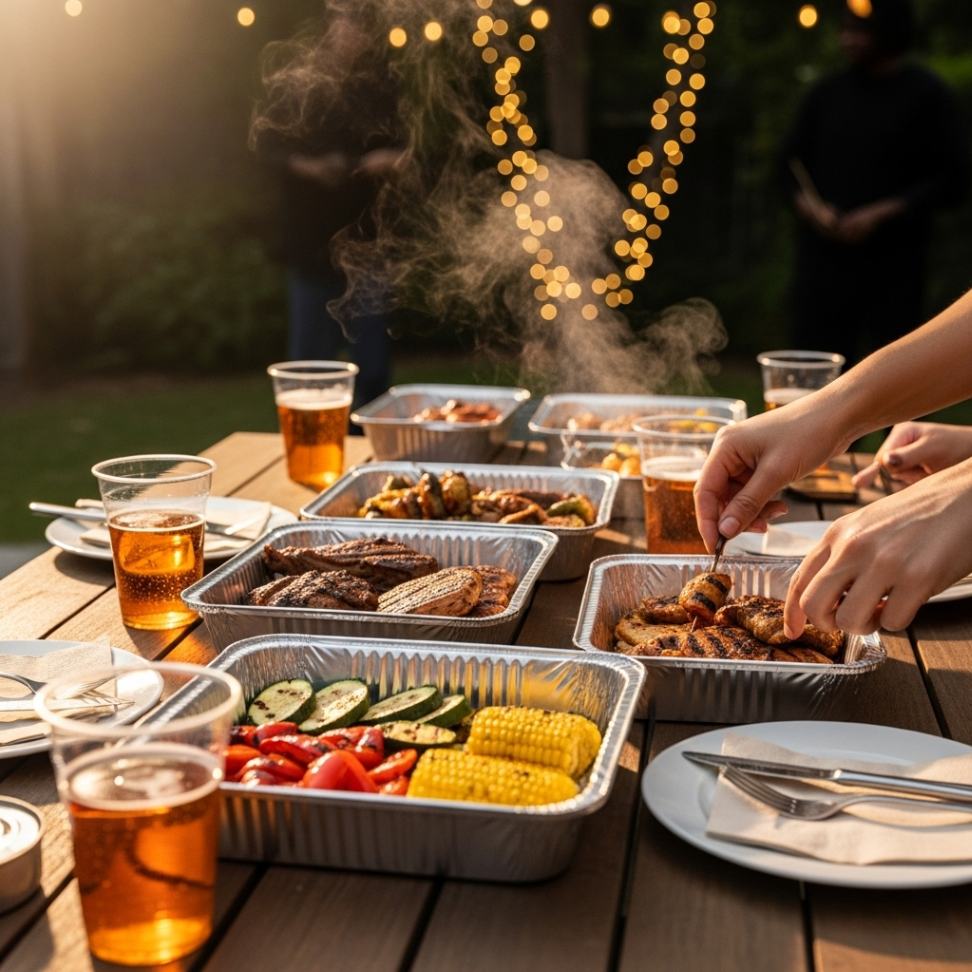Opening
Australia's packaging industry is experiencing a quiet revolution. National packaging targets demand higher recyclable and compostable standards, and the window of opportunity is closing. For Melbourne and Sydney cafe owners, this isn't just about compliance; it's the key to winning over the next generation of customers. Young consumers increasingly vote with their wallets, and their selection criteria have expanded from "is the coffee good" to "do this cafe's values align with mine."
From Innovation to Reality: The Packaging Revolution
Over the past few years, the Australian cafe industry has witnessed tremendous leaps in packaging technology. Plastic-free, PFAS-free coating technologies are changing the game. These products not only meet environmental standards but also perform increasingly close to traditional materials in real-world use.
The emergence of aqueous coated coffee cups has solved a problem that has long troubled the industry: how to achieve genuine biodegradability while ensuring waterproof performance. This technology uses water-based coatings to replace plastic linings, allowing paper cups to naturally decompose after use rather than sitting in landfills for decades.
For cafe owners, the primary concern is practical user experience. Early eco-friendly packaging often disappointed due to insufficient performance, but the situation has changed dramatically. From boutique coffee shops in Melbourne's CBD to casual cafes along Sydney's waterfront, more operators are discovering that the new generation of eco-friendly packaging not only meets daily needs but also becomes a conversation point with customers.
Double wall coffee cup designs are also continuously optimising. Traditionally, eco-friendly versions of double-wall cups were always slightly bulkier than plastic-lined versions, but new technology is narrowing this gap. For cafes that value customer experience, choosing the right cup type no longer means picking between eco-friendly and practical.
Summer Peak Season: The Real Test
Australian summer poses harsh tests for packaging. When temperatures soar above thirty degrees, performance differences in cold drink cups become immediately apparent. Traditional plastic cups may release unpleasant odours in high heat, while quality eco-friendly alternatives maintain stable performance.
The Christmas season is another critical testing moment. Takeaway order volumes might be several times higher than usual, and packaging must not only handle heat but also withstand various transport challenges. A leaking cup or damaged container doesn't just mean economic loss; it could lead to declining customer reviews and reputation.
Milkshakes and smoothies have even higher packaging requirements. Their weight and density exceed regular cold drinks, requiring sufficiently sturdy cup bodies while lids must seal properly. Choosing appropriate paper straws is also a learning process. Early paper straws often began softening within minutes of use, but current products can now maintain integrity in iced drinks for sufficient duration.
Feedback from the hospitality industry is particularly valuable. They handle large takeaway volumes, demand extremely reliable packaging, and directly face numerous customers, enabling rapid collection of genuine usage experiences. Packaging products performing well in hospitality settings typically also serve cafe needs effectively.
Retailer experience is equally precious. They're sensitive to cost control while also valuing brand image. From their choices, you can see genuine market trend directions. When large chains begin bulk-adopting certain eco-friendly packaging, it usually means that technology has matured to mass-application readiness.

Investment or Expense? Reunderstanding Packaging Costs
When mentioning eco-friendly packaging, many cafe owners' first reaction is "expensive." Indeed, looking purely at purchase prices, eco-friendly options typically cost somewhat more than traditional plastic products. But this comparison ignores too much hidden value.
First is brand value enhancement. When you use eco-friendly packaging, you send customers a clear message: this cafe cares about more than just profit. This value alignment is crucial for building customer loyalty. In the social media age, a photo holding your cafe cup might represent immeasurable brand propagation value.
Compliance costs also require consideration. As environmental regulations continuously tighten, using traditional packaging might mean investing more costs for future adjustments. Cafes transitioning early avoid this passivity while also establishing a pioneer image in the market.
Employee identification shouldn't be overlooked either. Young baristas and service staff are often more sensitive to environmental issues. When they work for a cafe aligned with their values, both job satisfaction and loyalty improve. In today's rising labour costs, this soft benefit might be more valuable than it appears on the surface.
Conveying your eco-friendly choices to customers requires some technique. Don't just write "we use eco-friendly packaging" on the menu; make customers feel the thinking behind this choice. You can place small signs at the counter explaining your chosen packaging materials' characteristics; share your eco-friendly packaging transition process and thoughts on social media; even invite customers to participate in testing new products, making them part of your environmental journey.
Pricing strategies also need corresponding adjustments. Having the cafe entirely absorb eco-friendly packaging's extra costs isn't necessarily the best choice. Appropriate price adjustments, coupled with clear value communication, are acceptable to many customers. The key is honesty and transparency, helping customers understand the meaning behind these minor price differences.
From Single Wall Coffee Cups to Complete Systems
Packaging transformation isn't a one-time action but a systematic project. From coffee cups to takeaway containers, from lids to cutlery, every detail tells your brand story.
Many cafes choose stepwise transformation. You can start with highest-volume products, like regular-sized coffee cups, then gradually expand to other product lines. This gradual approach not only disperses cost pressure but also gives you time to test different products' performance, finding the combination most suitable for your cafe.
PLA coated products are another option worth considering. This plant-based material can completely degrade under industrial composting conditions, providing cafes with more flexibility. While it doesn't decompose in home composting like aqueous coatings, it provides a balance point between performance and cost.
Paper food packaging is also progressing rapidly. From pizza boxes to sandwich wrapping, more eco-friendly options can meet different food needs. The key is selecting appropriate products based on your menu characteristics, avoiding over-packaging or under-packaging.
Making Every Cup Tell Your Story
Packaging isn't just a container; it's an extension of your cafe's philosophy. Every cup taken away by customers does silent promotion for your brand. When that cup is eco-friendly, the message it conveys becomes even more powerful.
Imagine this: your customer walks along St Kilda Beach holding your cup, enjoying Australian summer sunshine. What they hold isn't just a cup of coffee but a sense of responsibility for the future, an attitude of harmonious coexistence with this land. That's the true value of eco-friendly packaging.
2025 is approaching, and now is the time to re-examine your packaging choices. This isn't a burden but an opportunity. An opportunity to make your cafe stand out in competition, build deeper connections with customers, and contribute to Australia's environment.
Every small change shapes a better tomorrow. And your choices will determine what role your cafe plays in this transformation era.
Editor's Note: Industry trends mentioned in this article are based on market observations. Specific product specifications and regulatory requirements may change over time. We recommend visiting the official website for the latest information and product details.

